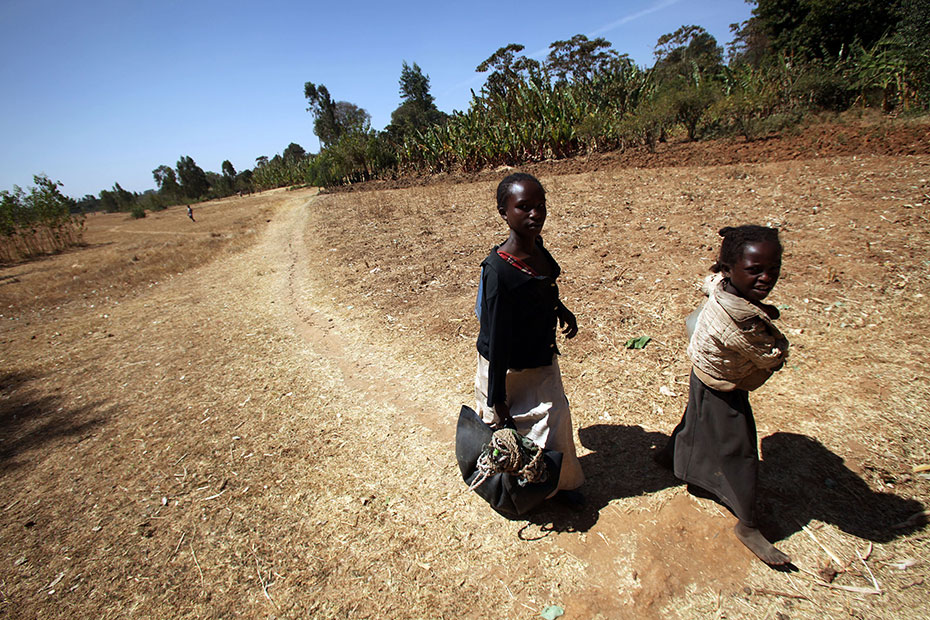NEW YORK (HAN) July 7.2016. Public Diplomacy & Regional Security News. By Sebastien Malo. With weather forecasters predicting a La Niña weather phenomenon coming on the tail of the strongest El Niño in 20 years, some countries are bracing for potential droughts and floods.
Meteorologists in Japan, Australia and the United States predict a 50 to 75 percent chance of La Niña developing in the second half of 2016.
La Niña occurs when surface waters in the eastern Pacific Ocean become colder than normal, but it generally does not affect weather as intensely as El Niño, when the Pacific Ocean warms.
Yet some regions already reeling from food shortages due to El Niño’s negative impact on agriculture and livestock may again have to deal with La Niña’s damaging weather conditions.
Here are forecasts of how La Niña might threaten food supplies around the world.
SOUTHERN AFRICA
La Niña generally brings above-average rainfall to Africa’s southern region. That can regenerate the land, but excessive precipitation can wash away seeds, damage crops, kill livestock and bring disease. Moreover, in a 420-km (260-mile) stretch of water between Mozambique and Madagascar, the Mozambique Channel, cyclones are more likely to occur.
EAST AFRICA
In parts of Ethiopia, South Sudan, Somalia and Kenya, there may be too little rainfall from November to March to ensure a successful secondary farming season. In other areas in Ethiopia as well as central and northern Sudan, La Niña could have the opposite effect, flooding areas and possibly damaging crops.
SAHEL
In this semi-arid region that spans a dozen of the world’s poorest countries on the southern rim of the Sahara, La Niña could cause heavier rainfall. Crop flooding would ensue, as well as an increased risk between July and October of desert locust infestations that threaten agricultural production.
CENTRAL AMERICA AND THE CARIBBEAN
La Niña generally brings more rain than average in parts of Central America and the Caribbean. If these rains coincide with the September bean harvest, seeds that farmers collect during that production season to prepare for the following bean season could be fewer and of poor quality. Hurricanes are also more likely in the Atlantic during La Niña and could expose low-lying areas to damage.
SOUTH AMERICA
La Niña could bring drier conditions to coastal Ecuador, northwestern Peru, Uruguay, central Chile, Argentina and southern Brazil. In the latter two countries, drier-than-normal weather could damage soya and wheat crops. Livestock could also suffer from lack of pasture.
ASIA
Bangladesh, Malaysia and Indonesia could experience above-average rainfall, which could flood low-lying farmland, damaging crops and providing breeding grounds for pests. In Central Asia, meanwhile, La Niña generally brings drier-than-average weather.
Sources: U.N. Food and Agricultural Organization, Inter-Agency Standing Committee.

Leave a Reply